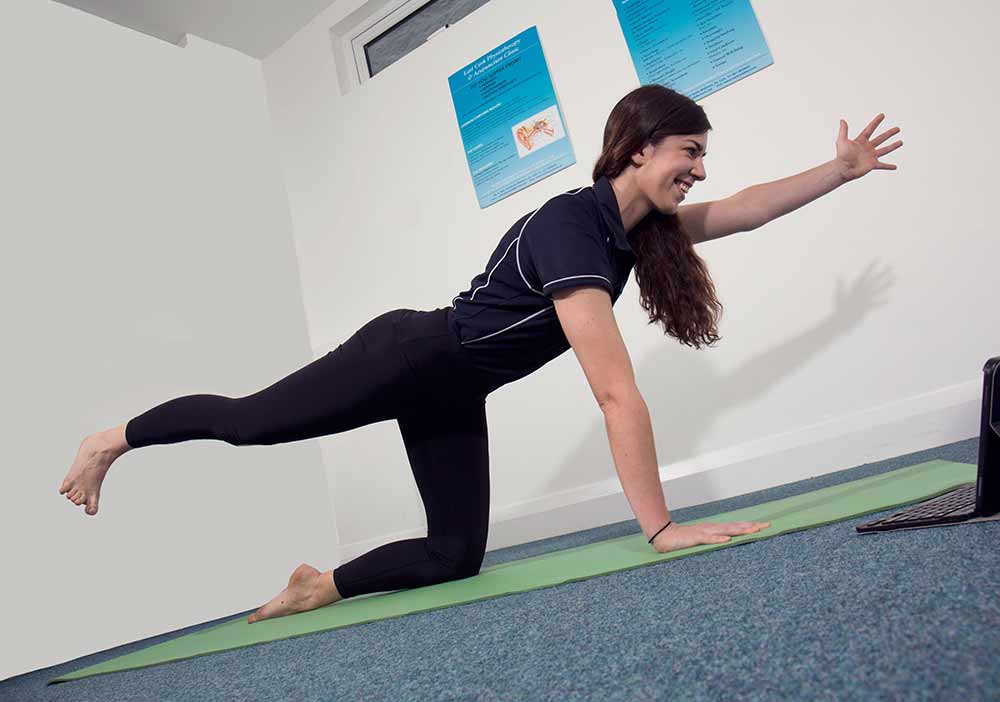Pilates and its Benefits
Pilates benefits your body by building strength – not just in your core muscles but your whole body. It is a whole body workout, so you will find your whole body benefits. Your flexibility improves in both your muscles and joints. You will spend the whole Pilates lesson concentrating, therefore you benefit from a sense of relaxation and being present in the moment. Your co-ordination will improve and you will benefit from conditioning your body to protect it from injury.
8 Benefits of Pilates
1) Building strength:
Pilates is well known for building your core strength, but it also activates your muscles that control movement. By working in certain positions and controlling how we move, Pilates will encourage activation in various areas of the body. I describe Pilates as a whole body workout, because that is exactly what it is. Pilates also works to improve movement patterns of a joint or area of the body.
2) Improving flexibility:
Our joints and muscles can stiffen for a number of reasons. Pilates focuses on very specific mobilisation exercises, stretches and strengthening that can improve the flexibility in the joints and muscles when used together.
3) Concentration:
It takes a lot of concentration to ensure you are in the right position, activating the right areas and moving in a certain way. Concentration during a Pilates session is essential. Concentration allows you to really focus on your body, and more importantly how your body is moving. I often find this level of concentration helps my patients to understand how their body may have compensated due to injury or how their movement patterns have become dysfunctional.
4) Relaxation:
Concentrating on your body and how it moves allows you to become very much present in the moment (like mindfulness). By combining this concentration and being present with the focused breathing technique, you find yourself leaving a Pilates class much calmer and relaxed than when you walked in!
5) Breathing:
The breathing technique is used to encourage the best activation of the core muscles, as we exhale our deep tummy and pelvic floor muscles contract, which helps with improving the strength and function of the muscles. The breathing focus can also aid in relaxation.
6) Progression:
It is a progressive exercise. Pilates can be done by anyone of any age and any ability. There are beginner exercises, intermediate exercises and advanced. Having said that I have many of my patients that continue at a beginner level because they still greatly benefit from the exercises is a beginner Pilates class.
7) Balance:
I always ensure that my classes start and end in standing, almost every class I teach includes some balance work. Balance work improves joint proprioception (which is your brains ability to know where your joints are). Proprioception weakens with pain, age and injury. By working in balanced postures we also challenge our stabilising muscles in functional positions.
8) Posture:
When patients ask me what the best posture is, my answer is ‘the best posture is your next posture’ meaning that movement is key to reducing your risk of back pain whilst sitting, not sitting bolt upright! Having said that, I see lots of people with obvious postural weaknesses that cause issues for them. Pilates improves the alignment of the body to teach you how to use the right muscles at the right time
If you would like more information on the benefits of Pilates, please contact us on 021 4633455 or you can book an appointment online by clicking here
We hope you enjoyed today’s blog by Carol O’Brien, Chartered Physiotherapist.

